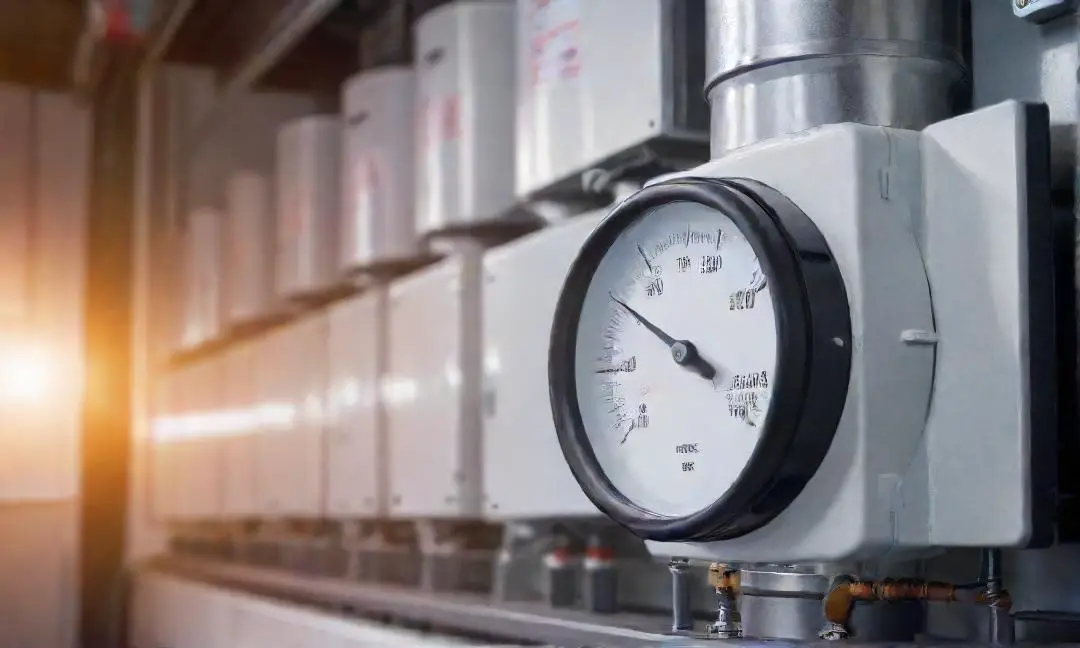
Introduction to Temperature and Plant Health
Comprehending the intricate relationship between temperature and plant health is crucial for effective disease management. Temperature serves as a fundamental factor influencing the development and spread of plant diseases.
Effects of Temperature Fluctuations on Disease Development
Fluctuations in temperature can have a significant impact on the susceptibility of plants to diseases. Sudden changes in temperature can weaken plant defenses, making them more vulnerable to pathogen attacks. Consistent monitoring of temperature variations is essential in disease prevention.
Optimal Temperature Ranges for Disease Prevention
Identifying and maintaining optimal temperature ranges is key to preventing the onset and proliferation of plant diseases. Different plant species have specific temperature requirements for healthy growth, and deviations from these ranges can create favorable conditions for pathogens to thrive.
Temperature’s Role in Pathogen Survival
Temperature plays a crucial role in the survival and proliferation of plant pathogens. Certain pathogens exhibit temperature-dependent behaviors, with some thriving in warmer conditions whilst others prefer cooler environments. Grasping these preferences is essential in devising effective disease management strategies.
Strategies for Managing Temperature-related Plant Diseases
Implementing strategic management practices is essential in mitigating the impact of temperature-related plant diseases. This includes employing techniques such as adjusting planting schedules, providing adequate insulation, and utilizing temperature control measures to create unfavorable conditions for pathogen growth.
Recognizing Temperature-related Plant Disease Symptoms
Identifying Heat Stress Symptoms in Plants
Ever noticed your plants wilting and drooping under the scorching sun? These are classic signs of heat stress. Look out for leaves curling, turning yellow, or developing brown edges.
Signs of Cold Damage on Plant Tissues
When the cold sets in, plants can suffer frost damage. Keep an eye out for blackened or mushy plant tissues, indicating the chilling effects of low temperatures.
Visual Cues of Temperature-induced Pathogens
Temperature fluctuations can pave the way for pesky pathogens to attack your plants. Watch for unusual spots, lesions, or discoloration on leaves, signaling a potential invasion.
Comprehending Leaf Scorch and Burn
If your plant’s leaves are showing signs of scorch or burn, it’s likely due to excessive heat exposure. Brown, dried edges are telltale signs that your plant is feeling the heat a bit too much.
Differentiating Between Frost and Disease Damage
Is it frost or a disease causing havoc on your plants? Frost damage typically shows as water-soaked spots, meanwhile diseases manifest as irregular patterns or growths on the plant.
Practical Tips for Temperature Control in Plant Health
Implementing Proper Ventilation Systems
Adequate ventilation is crucial for maintaining optimal temperature levels in plant environments. Stagnant air can lead to heat buildup, creating conditions favorable for disease development.
Utilizing Shade Structures for Temperature Regulation
Shade structures offer protection from excessive heat, helping to prevent stress on plants that can make them more susceptible to diseases. Consider using shade cloth or natural shading options to maintain ideal temperature ranges.
Watering Techniques to Mitigate Temperature Extremes
Proper watering practices play a key role in temperature regulation for plants. Water acts as a natural coolant, helping to moderate temperature extremes and prevent heat stress. Avoid overwatering, which can lead to waterlogged soil and subsequent diseases.
Adjusting Planting Times Based on Temperature Forecasts
Timing is essential as for planting in relation to temperature fluctuations. By aligning planting schedules with favorable temperature forecasts, you can minimize the risk of exposing plants to extreme conditions that may promote disease development.
Monitoring Soil Temperature for Disease Prevention
Soil temperature directly impacts plant health and disease susceptibility. Regularly monitoring soil temperature levels can help identify potential issues early on and allow for prompt intervention to prevent the spread of diseases.

Case Studies: Real-world Examples of Temperature Management
Case Study 1: Overcoming Heat Stress in Tomato Plants
Tomato plants, sensitive to high temperatures, require precise management to thrive. Discern innovative methods to shield your tomatoes from scorching heat.
Case Study 2: Preventing Frost Damage in Citrus Orchards
Citrus orchards face a constant battle against frost, threatening their delicate fruits. Pioneer practical solutions to safeguard your citrus trees during chilly nights.
Case Study 3: Controlling Temperature-related Fungal Infections
Fungal infections thrive in specific temperature ranges, posing a threat to plant health. Learn proactive measures to combat these insidious invaders and protect your crops.
Case Study 4: Successful Strategies for Cold-sensitive Crops
Cold-sensitive crops demand extra care to survive harsh winter conditions. Implement proven strategies to shield your delicate plants from freezing temperatures.
Case Study 5: Adapting to Climate Change through Temperature Control
Climate change presents new challenges for agriculture, necessitating adaptive temperature control measures. Traverse how innovative techniques can help your crops thrive in an ever-changing environment.
How does temperature affect plant diseases
Temperature plays a crucial role in the development and spread of plant diseases. Assimilating the intricate relationship between temperature fluctuations and disease incidence is key to implementing effective disease management strategies.
Expert Advice: Interviews with Horticulturists and Plant Pathologists
1. Interview with Dr. Green Thumb: Tips for Temperature-sensitive Plants
Dr. Green Thumb shares exclusive insights on how temperature fluctuations impact delicate plants. Grasp practical tips to safeguard your temperature-sensitive greens.
2. Insights from Plant Pathologist Dr. Bloom on Temperature and Disease
Dr. Bloom delves into the intricate relationship between temperature and plant diseases. Learn how maintaining optimal temperatures can prevent common plant ailments.
3. Q&A with Horticulture Specialist Sarah Sunbeam on Temperature Management
Sarah Sunbeam answers burning questions about effective temperature management for plants. Uncover her expert advice on creating the perfect environment for your green companions.
4. Practical Advice from Gardening Guru Greg Greenhouse
Greg Greenhouse offers hands-on guidance for maintaining ideal temperatures in your garden. Implement his practical tips to nurture thriving plants year-round.
5. In-depth Discussion with Climate Scientist Dr. Weatherwise
Dr. Weatherwise provides a scientific perspective on how temperature influences plant health. Gain a deeper discerning of the impact of climate on your garden ecosystem.

Conclusion: Embracing Temperature as a Tool for Plant Disease Prevention
1. Recap of Temperature’s Influence on Plant Health
Temperature plays a crucial role in assessing the health and vitality of plants. Fluctuations in temperature can either promote or hinder plant growth, making it essential for gardeners to monitor and regulate temperature levels effectively.
2. Importance of Temperature Monitoring in Disease Management
3. Encouraging Sustainable Practices for Temperature Control
Implementing sustainable temperature control practices not only benefits plant health but also contributes to environmental conservation. By utilizing eco-friendly methods to regulate temperature, gardeners can nurture their plants during minimizing their ecological footprint.
4. Empowering Gardeners with Knowledge on Temperature Effects
Educating gardeners about the impact of temperature on plant diseases empowers them to make informed decisions regarding their gardening practices. Mastering how temperature influences disease development enables gardeners to take proactive measures to protect their plants.
5. Looking Ahead: Future Innovations in Temperature Regulation for Plant Health
As technology continues to advance, innovative solutions for temperature regulation in plant health are on the horizon. From smart sensors to automated climate control systems, the future holds promising developments that will revolutionize how gardeners manage temperature for optimal plant growth and disease prevention.
